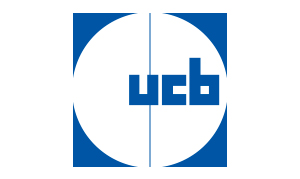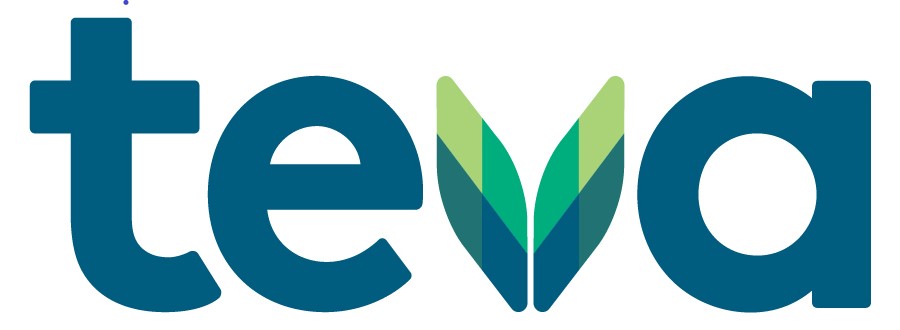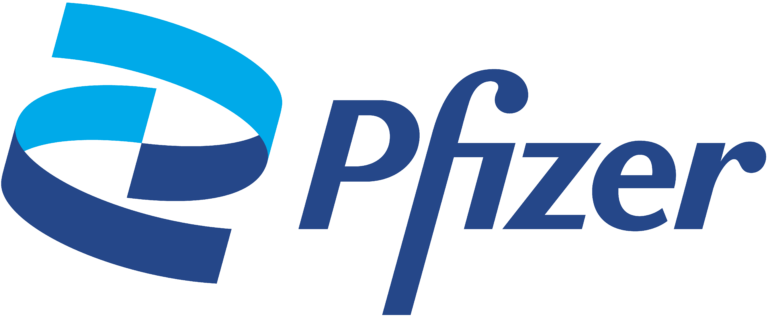Is there really a shortage of rheumatologists? Unfortunately, the answer is yes, and the situation is becoming increasingly urgent. According to the American College of Rheumatology (ACR), the demand for adult rheumatology care exceeded the supply by 36% in 2015, and the gap continues to widen. By 2030, experts predict that an additional 4,133 rheumatologists will be needed to meet patient demand. These are alarming statistics for the millions of people suffering from rheumatic diseases such as arthritis. But how did we get here, what does this mean for patients, and what can be done to address the shortage?
Why Is There a Shortage?
Because of the baby boom, rheumatologists are retiring at the same time that there is a growing amount of arthritis patients. There are also a lot changing in regards to practice trends for new rheumatologists. These changes make it difficult to choose rheumatology as a career path. These facts from Everyday Health, help shed some light on why this shortage is happening.
Aging Population: The baby boomer generation is reaching the age where arthritis and other rheumatic diseases become more prevalent, significantly increasing the demand for specialized rheumatology practices.
Retiring Rheumatologists: Many current rheumatologists are nearing retirement, leaving gaps in the workforce that are not being filled fast enough. As these physicians retire, fewer new rheumatologists are entering the field to replace them.
Shifts in Workforce Demographics: Newer generations of rheumatologists, predominantly women, are more likely to work part-time. This reduces the number of patients seen in a typical rheumatology practice, compounding the shortage issue.
Financial Disincentives: Medical students graduate with significant debt, and rheumatology, a subspecialty with lower income compared to other fields, becomes a less attractive career path. Many choose other specialties with higher earning potential, leaving fewer candidates to fill rheumatology manager positions or pursue clinical practice.
Challenges in Rheumatology Education: A lack of funding for teaching hospitals and residency programs limits the number of future rheumatologists being trained. This bottleneck in rheumatology education means fewer specialists are available to meet the growing demand. Expanding education opportunities and fellowship slots is crucial to addressing the shortage in the long term.
What does this mean?
Unfortunately, this could mean a potential healthcare crisis. Rheumatology experts agree that early diagnosis and treatment mean better results for patients. A rheumatologist shortage means a delay in diagnosis and treatment.
How can we help?
The American College of Rheumatology (ACR) is working hard to educate Congress about this ongoing rheumatologist shortage. They are attempting to offer solutions that can improve care access for patients living with rheumatic diseases, explains Dr. Angus Worthing of the ACR Government Affairs Committee.
Worthing also encourages us to “urge the Trump administration to reinstate the H-1B visa expedited review process to allow more international physicians to work in the United States. Almost half of rheumatology fellowships are filled by international medical school graduates, yet hospitals have difficulty recruiting rheumatologists from abroad because of the Administration’s recent suspension of expedited H-1B visa reviews.”
Our leaders are more compelled to act if they see and hear how the public is affected. If you have had difficulty finding a rheumatologist in your area and this has impacted your health, share your story. Send an email to lawmakers today!
We would like to hear your opinion on the rheumatologist shortage and any solutions you may have our Facebook page.
Posted by



















